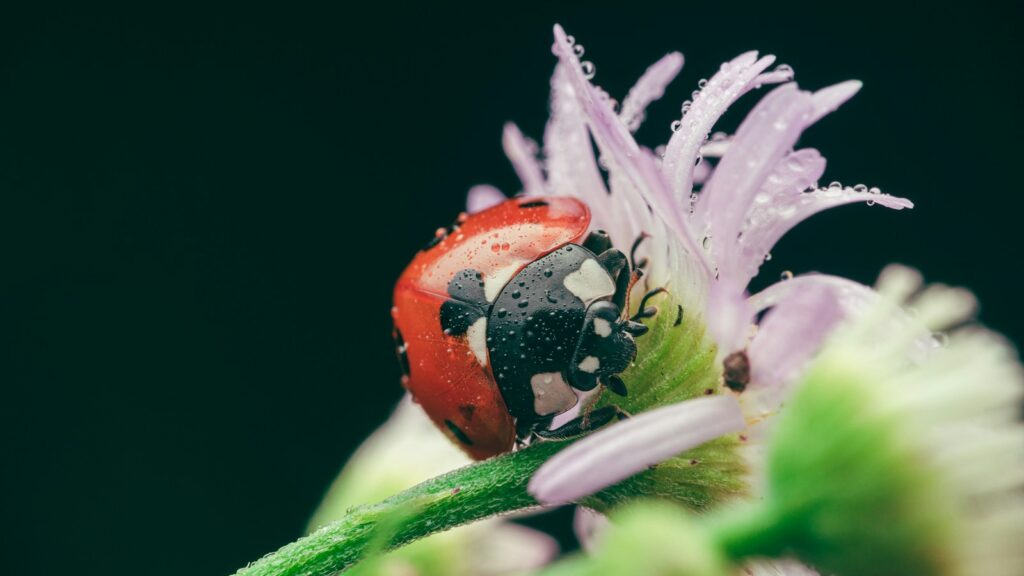In the intricate world of insect survival, one of the most fascinating defense mechanisms is thanatosis – commonly known as playing dead or death-feigning. When faced with potential predators, certain insects fall to the ground, stiffen their bodies, and remain motionless, creating a convincing illusion of death. This remarkable behavior has evolved independently across various insect species, demonstrating its effectiveness as a survival strategy. From beetles to butterflies, many six-legged creatures have mastered this deceptive art, employing it with such conviction that even the most determined predators are fooled. In this exploration of insect thanatosis, we’ll uncover the evolutionary advantages, physiological processes, and fascinating variations of this seemingly simple yet sophisticated survival tactic.
The Evolutionary Purpose of Death-Feigning
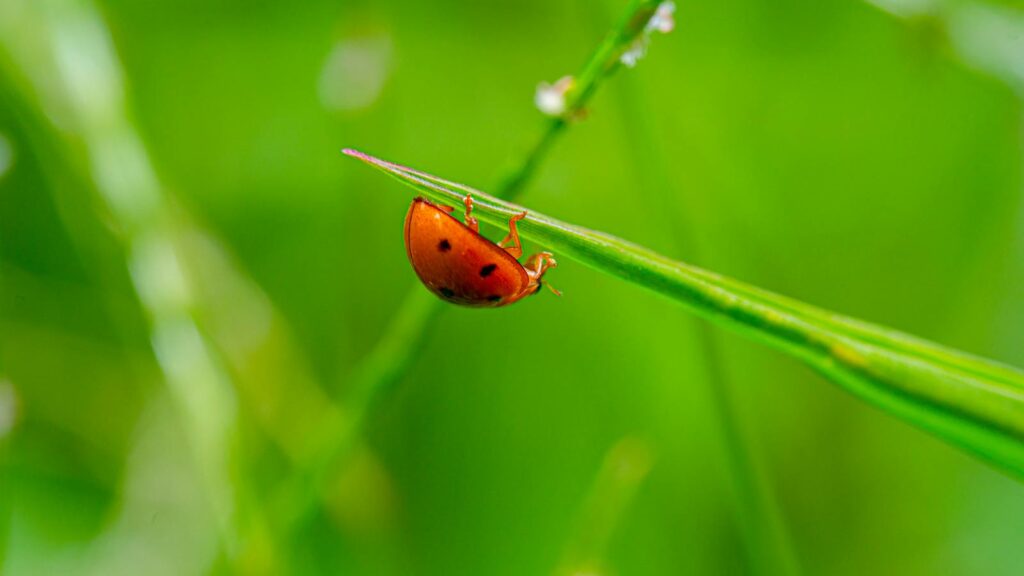
Death-feigning, scientifically known as thanatosis, represents a sophisticated evolutionary adaptation that has developed across numerous insect lineages. This behavior emerged primarily because many predators are triggered to hunt by movement, making stillness an effective counter-strategy. From an evolutionary perspective, thanatosis offers a significant survival advantage – predators often lose interest in prey that appears dead, as many prefer fresh kills and instinctively avoid potentially diseased carcasses. The behavior has evolved independently in diverse insect groups, suggesting its effectiveness as a survival mechanism across different ecological niches. Researchers have observed that in species where death-feigning is common, individuals displaying more convincing “performances” typically have higher survival rates, reinforcing the behavior through natural selection over countless generations.
How Death-Feigning Works Physiologically

When an insect engages in thanatosis, a complex series of physiological changes occurs within its tiny body. The behavior typically begins with tonic immobility – a temporary state of paralysis triggered by specific neural pathways that override normal movement functions. During this state, many insects exhibit a significant reduction in respiratory rates and heartbeats, sometimes by up to 80 percent, which further sells the illusion of death. Some species release specific chemicals or secretions that make them less appealing to predators, adding an olfactory dimension to their deceptive display. Interestingly, this trance-like state isn’t simply a passive reaction but rather an active physiological strategy that requires precise neurological control, allowing the insect to maintain the facade just long enough before “reviving” when the threat has passed.
Famous Death-Feigning Insects
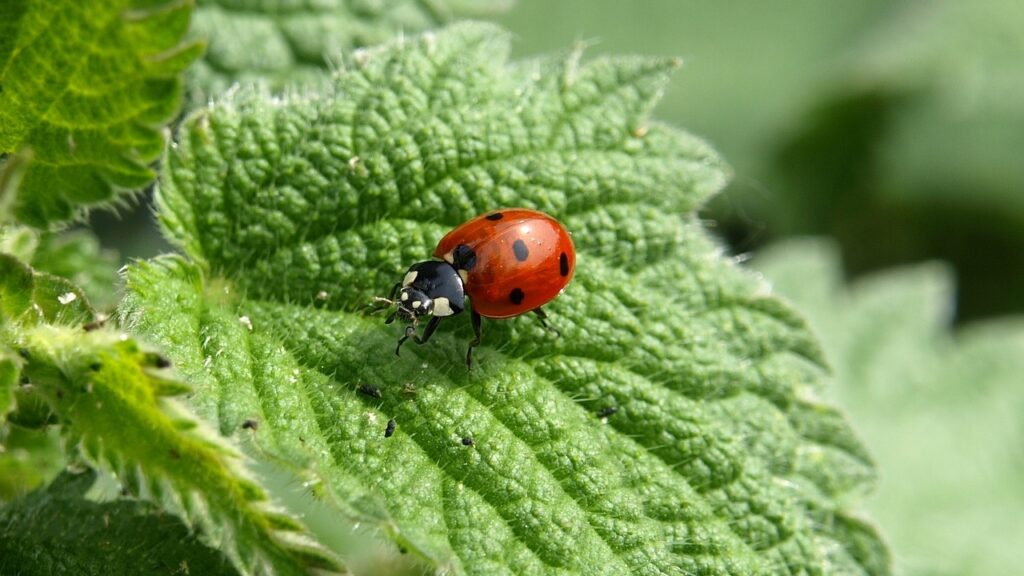
The ladybug family (Coccinellidae) contains some of the most renowned practitioners of thanatosis, falling on their backs with legs stiffly pointed upward when threatened. The Eastern Hercules beetle (Dynastes tityus), North America’s largest beetle, responds to disturbances by immediately ceasing all movement and remaining frozen, sometimes for extended periods exceeding 30 minutes. Perhaps most dramatic are the death-feigning displays of certain click beetles (Elateridae), which combine immobility with a convincing curled posture mimicking a deceased insect. The fire-colored beetle (Neopyrochroa flabellata) not only plays dead but also releases a milky defensive substance during thanatosis that contains potent chemical deterrents to further dissuade predators. These diverse examples demonstrate how this behavioral adaptation has evolved independently across the insect world, with each species developing its unique theatrical flourishes.
Varying Durations of Playing Dead
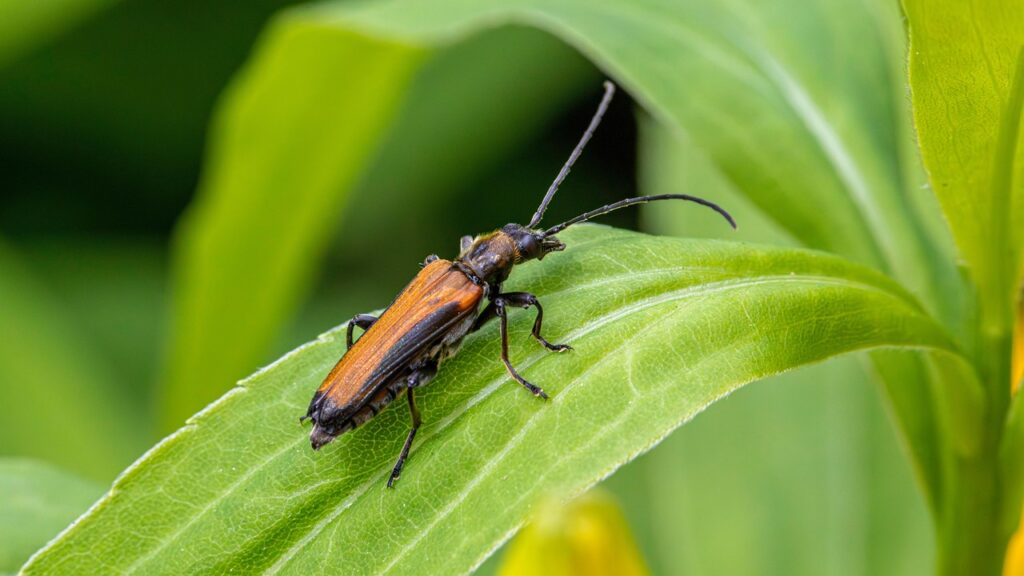
The length of time insects remain in their death-feigning state varies dramatically across species, reflecting different evolutionary pressures and survival strategies. Some small beetles may remain motionless for just a few seconds, allowing them to escape when a predator momentarily loses interest. On the opposite end of the spectrum, certain weevil species have been documented maintaining their thanatosis state for astonishing periods exceeding two hours, an impressive commitment to their deceptive performance. Researchers have discovered that environmental factors significantly influence thanatosis duration – many insects will remain “dead” longer in colder temperatures or under more severe threat conditions. Fascinatingly, within a single species, individual insects often show consistent personal patterns, with some consistently exhibiting longer death-feigning episodes than others, suggesting potential personality-like traits in their defensive behaviors.
The Effectiveness of Death-Feigning Against Different Predators
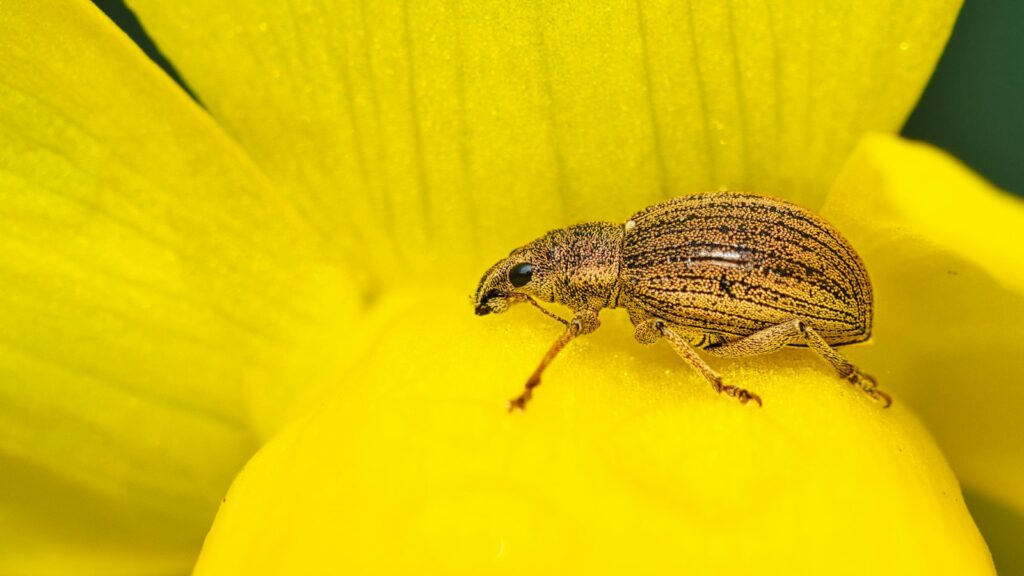
The success rate of thanatosis varies significantly depending on the predator’s hunting strategies and sensory capabilities. Against visually-oriented predators like birds and some reptiles, death-feigning proves remarkably effective, as these hunters typically rely on movement to identify viable prey. In laboratory studies, mantids and jumping spiders frequently ignored perfectly edible prey items that were engaged in thanatosis, demonstrating the strategy’s effectiveness against arthropod predators. However, death-feigning offers less protection against predators that hunt primarily by scent, such as certain mammals and ants, which can detect potential food regardless of whether it appears dead. Some specialist predators have evolved counter-adaptations to this defense mechanism, developing the patience to wait out an insect’s thanatosis display or the ability to detect subtle signs that distinguish genuine death from deception.
Death-Feigning Combined with Other Defenses
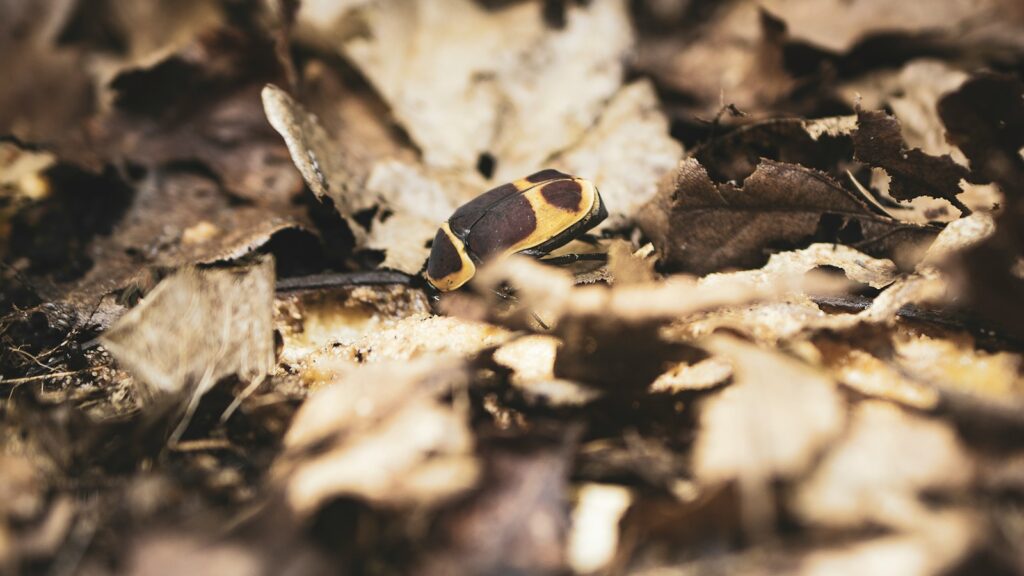
Many insects employ thanatosis as just one component of a sophisticated multi-layered defense strategy. The bombardier beetle combines playing dead with its famous chemical defense system, remaining motionless until disturbed enough to deploy its explosive chemical spray. Several moth species pair thanatosis with flash coloration, dropping to the ground and suddenly revealing previously hidden bright wing patterns that startle predators before freezing in place. Certain click beetles integrate their mechanical clicking mechanism with death-feigning, first attempting to startle predators with their signature noise before resorting to immobility if the initial defense fails. This strategic layering of defensive tactics creates a formidable challenge for predators, as they must overcome multiple deterrents to secure a meal, significantly enhancing the insect’s overall survival probability through complementary protective mechanisms.
Costs and Trade-offs of Playing Dead

While thanatosis offers clear survival benefits, this strategy comes with significant biological costs that limit its application. During periods of immobility, insects forfeit valuable opportunities for feeding, mating, and territory defense, which can impact their overall fitness, especially if forced to feign death frequently. The immobile state leaves insects vulnerable to environmental hazards like extreme temperatures, flooding, or competing predators that aren’t fooled by the display. Energy expenditure represents another considerable cost, as maintaining the rigid positioning and altered physiological state requires metabolic resources that could otherwise support growth or reproduction. These trade-offs explain why death-feigning varies in frequency and duration even within species, with individuals seemingly making complex risk assessments before committing to this defensive strategy.
The Role of Genetics in Death-Feigning Behavior
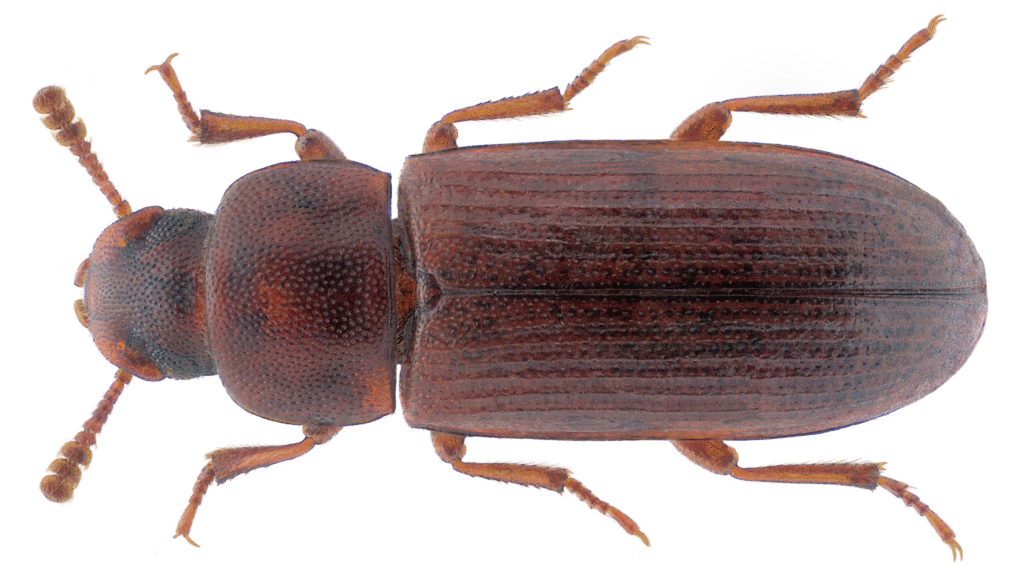
Research has revealed that thanatosis has strong genetic underpinnings, with certain lineages showing greater propensity for this behavior than others. In controlled breeding experiments with red flour beetles (Tribolium castaneum), scientists successfully created distinct genetic lines exhibiting either high or low death-feigning tendencies within just a few generations of selective breeding. Genetic studies have identified specific chromosomal regions associated with thanatosis duration and frequency, suggesting the behavior is controlled by multiple genes rather than a single genetic switch. The heritability of death-feigning behavior explains why it remains prevalent in certain populations despite its potential costs, as the genes responsible continue to be passed down when the behavior successfully prevents predation. These genetic foundations also help explain the remarkable diversity in thanatosis implementations across the insect world, with different genetic pathways evolving to control similar behaviors in unrelated species.
Learning and Experience in Death-Feigning Behavior
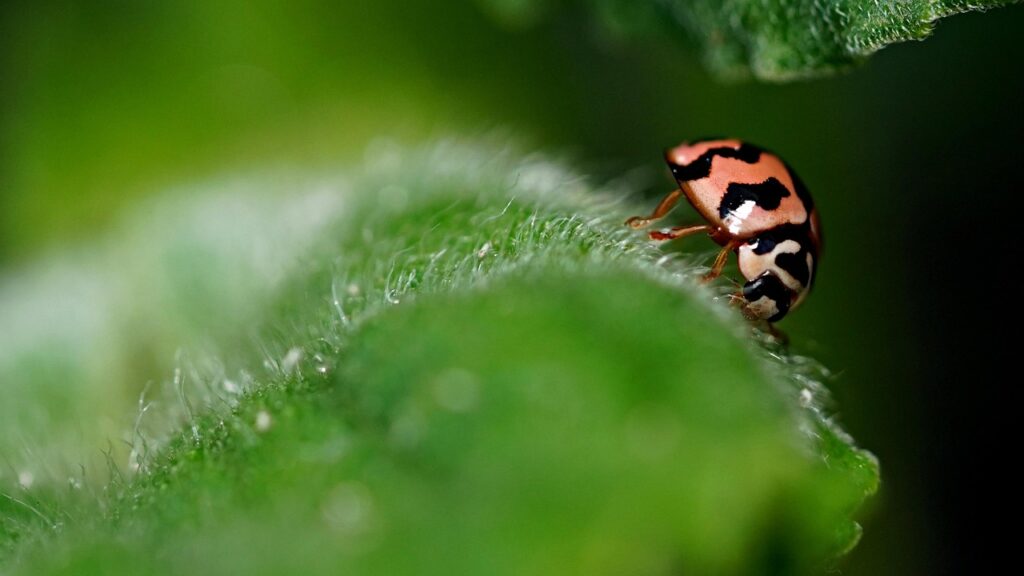
While genetics provide the foundation for thanatosis, research demonstrates that many insects can refine their death-feigning technique through experience. Studies show that some beetles that survive predation attempts thanks to successful thanatosis will subsequently display the behavior more readily and maintain it for longer durations in future encounters. Environmental conditioning plays a significant role, with insects from high-predation environments typically exhibiting more sophisticated and prolonged death-feigning behaviors than their counterparts from safer habitats. Researchers have observed that juvenile insects often perform less convincing thanatosis than adults of the same species, suggesting the behavior may improve with practice and maturation. This blend of innate programming and experiential refinement allows insects to optimize their defensive strategy based on their specific ecological context, creating highly adaptive survival behaviors.
Thanatosis in Social Insects
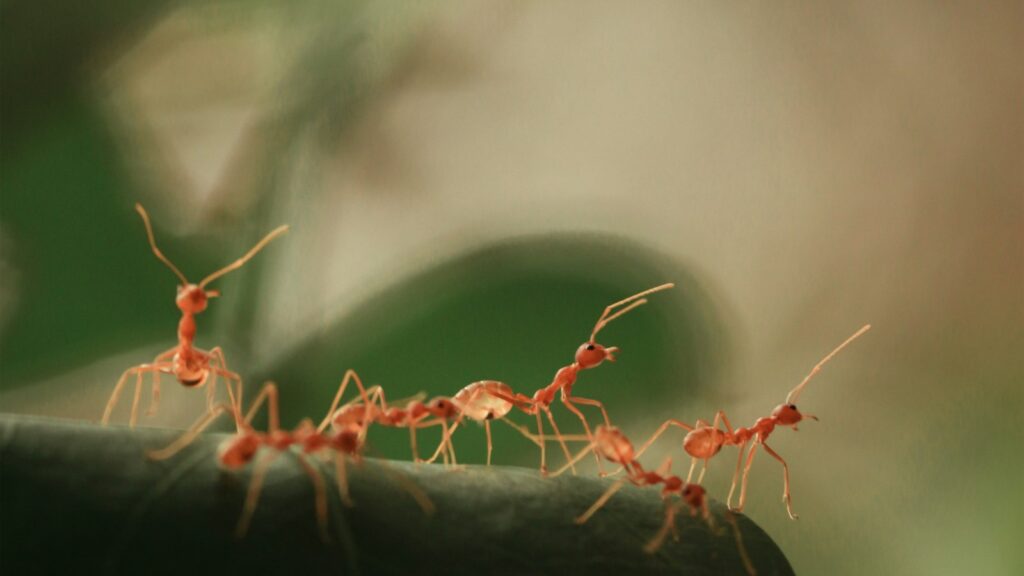
Death-feigning behavior takes on unique dimensions in social insect species, where colony-level selection pressures create interesting variations on the strategy. In certain ant species, workers may feign death when encountering larger enemy ants, potentially diverting attention away from more reproductively valuable colony members. Termite soldiers sometimes employ thanatosis when their primary defensive mechanisms fail, creating deceptive “casualties” that may reduce further aggression from predators or competing colonies. Fascinatingly, some social parasites that infiltrate ant or bee colonies use thanatosis to survive initial detection, remaining motionless until host aggression subsides and allowing them to integrate undetected. These social applications of death-feigning demonstrate how the behavior can evolve beyond individual survival to serve group-level functions, highlighting the sophisticated ways natural selection shapes defensive strategies in complex insect societies.
Human Applications Inspired by Insect Thanatosis

The study of insect death-feigning has inspired several practical applications in human endeavors. Agricultural researchers have developed pest management strategies that exploit thanatosis behavior, creating harvesting methods that induce death-feigning to collect insects without chemical pesticides. Biomimetic robotics engineers have designed small robots that can simulate death-feigning behavior, allowing them to conserve energy or avoid detection in surveillance applications. In pharmaceutical research, the unique neurochemical pathways that enable thanatosis have been studied for insights into paralytic agents and anesthetics with potential medical applications. Conservation biologists utilize knowledge of thanatosis to improve insect survey methodologies, incorporating techniques that account for species that may be undercounted due to their tendency to feign death when disturbed by researchers.
The Evolutionary Arms Race of Predator-Prey Relationships

Death-feigning represents just one move in the ongoing evolutionary chess match between insects and their predators. As thanatosis became an effective defense, some predators evolved counter-adaptations, such as longer inspection periods or the ability to detect subtle signs of life like minor respiratory movements. This predatory adaptation has, in turn, driven the evolution of more convincing death-feigning displays, with some insects developing the ability to suppress even these minute respiratory movements. In certain ecosystems, researchers have documented predator species that will physically manipulate apparently dead prey, essentially “testing” for thanatosis before abandoning potential meals. This continuous co-evolutionary arms race explains the remarkable sophistication of death-feigning behaviors in contemporary insect species, which have been refined over millions of years of natural selection pressures.
Geographic Variations in Thanatosis Behavior

Scientists have documented fascinating regional differences in how the same insect species implements thanatosis across different habitats. Populations of the red flour beetle from predator-rich environments display significantly longer death-feigning durations compared to genetically similar populations from areas with fewer natural enemies. Climate also influences regional thanatosis patterns, with insects from colder regions often maintaining their death-feigning state longer than tropical counterparts, possibly because predator activity levels differ with temperature. Island-dwelling insect populations frequently exhibit more pronounced thanatosis behaviors than mainland relatives, a phenomenon attributed to the often predator-poor environments of isolated islands where alternative defense mechanisms may be less necessary. These geographic variations provide valuable natural experiments for scientists studying the evolution and ecological context of thanatosis, offering insights into how environmental pressures shape defensive behaviors.
Conclusion
The remarkable ability of insects to feign death represents one of nature’s most elegant defensive innovations. This sophisticated behavior, while appearing simple at first glance, involves complex physiological changes, genetic programming, and contextual decision-making that showcases the remarkable adaptive capabilities of insects. From the momentary stillness of a threatened ladybug to the hours-long performance of certain beetles, thanatosis demonstrates how natural selection can refine seemingly simple behaviors into highly effective survival strategies. As scientists continue to unravel the neurological, genetic, and evolutionary aspects of death-feigning, we gain deeper appreciation for the surprising complexity of insect behavior. In the eternal evolutionary arms race between predator and prey, playing dead remains a remarkably successful strategy – proving that sometimes, the best way to survive is to convince others you’re already dead.

